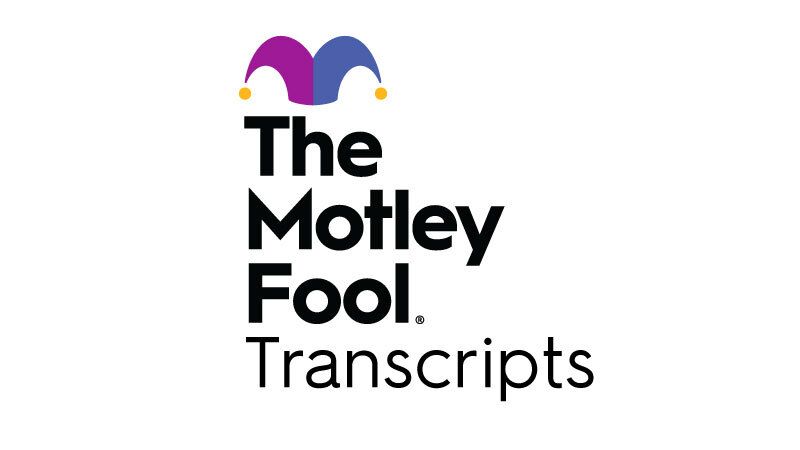Copyright thebftonline

By Joseph Opoku MENSAH The operations, strategy, and innovation of any company in modern times are now built on information technology (IT). Organizations, governments, and enterprises depend on IT systems for data storage, communication, process optimisation, and service delivery. However, the complexity of handling technology also increases with its advancement. A dual focus is necessary for effective IT resource management: maintaining robust system security while acknowledging the critical role that people play in maintaining and protecting such systems. The success of an IT framework depends on the skill, ethics, and awareness of its creators, operators, and users, as well as its infrastructure. When it comes to managing IT resources, security is still one of the most important issues. The growing number of ransomware instances, data breaches, and cyberattacks highlights how susceptible digital infrastructures may be if they are not properly maintained or safeguarded. To implement proactive, multi-layered security measures, organisations need to go beyond reactive techniques. This entails establishing access controls that restrict unwanted access, implementing encryption techniques to safeguard private data, and applying security patches and software updates on a regular basis to address vulnerabilities. Furthermore, to find and fix vulnerabilities before they are exploited, thorough risk assessments and penetration tests must be a regular component of IT governance procedures. Planning for disaster recovery and data backup also guarantees that vital processes can be resumed with the least amount of disturbance in the case of a system attack or failure. But technical remedies are not enough on their own. If human behaviour continues to be the weakest link, even the most sophisticated security architectures may fail. In IT administration, the human element is frequently overlooked, although it is essential to both the issue and the solution. A large percentage of cybersecurity breaches are still caused by human mistake, whether it be through using weak passwords, handling data carelessly, or falling for phishing scams. Therefore, managing IT resources entails cultivating an organisational culture that prioritises security. Programs for awareness and training should be ongoing rather than sporadic to make sure that staff members are aware of changing risks and their role in safeguarding company resources. To dismantle the silos that frequently separate technology teams from other departments, IT departments should interact with employees at all levels. Every worker, from entry-level personnel to upper management, needs to understand that cybersecurity is a shared duty that calls for diligence, self-control, and moral behaviour. To strengthen the human element of IT management, leadership is just as important as awareness. Leaders establish a standard that affects the broader organisational culture when they exhibit secure behaviours, such as using robust authentication procedures, protecting data privacy, and encouraging compliance. Preventing minor problems from turning into serious threats is another benefit of promoting open communication about security issues and possible system flaws. IT system managers are stewards of institutional continuity and trust, not only operators. Just as crucial as investing in the technology itself is investing in their potential through education, inspiration, and moral guidance. The key to managing IT systems and resources effectively is striking a balance between human responsibility and technology competence. In addition to firewalls, antivirus programs, and encryption, secure systems also need a workforce that respects and comprehends the underlying concepts of these technologies. Although technology offers the framework, humans are what give it life and purpose. In addition to protecting their data, organisations that see IT administration as a shared commitment that combines expertise, culture, and security increase their overall resilience. The real power of any IT system will always lie in the cooperation of information-processing machines and human decision-makers who make morally sound and secure choices in a world where digital revolution is accelerating. The writer is a Marketing and communications professional with expertise in digital marketing, consumer behavior, and AI-driven brand engagement. My research focuses on AI adoption in marketing, chatbot-driven customer relationships, and digital transformation and an Adjunct Lecturer at UniMAC and Research Assistant at the University of Ghana,. 🔗 linkedin.com/in/joseph-opoku-mensah | 📩 josephopokujr@gmail.com



